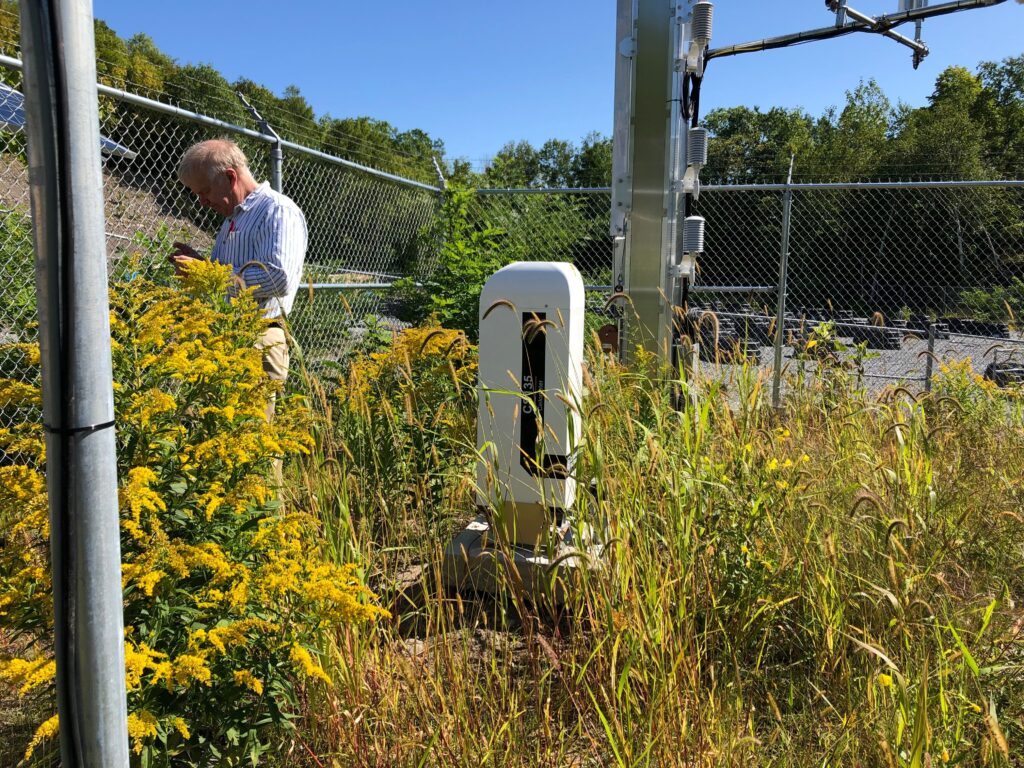The research project Adaptable Earth Observation System’s goal is to study the changing climate and weather patterns in the Saint-Lawrence Valley while also looking at the biological effects of the climate change. For this purpose, new adaptable laboratories have been designed by McGill University. At the Gault Nature Reserve in Mont-Saint-Hilaire, a new building was built, the Earth Observation System-Laboratory, which is housing a biological wet lab, an operation base for meteorological deployment and a mobile laboratory deployment site. A new molecular biology laboratory at McGill’s Central campus has been built as well, permitting advanced analysis of the samples collected in the field.

An important component of the acquired infrastructure are the 7 meteorological stations, known as climate sentinels, which are fully instrumented to measure surface properties including: temperature at 8 different heights, winds, snow, humidity, visibility, precipitation, radiation and CO2 as well as profiling equipment such as micro rain radars (MRR) and ceilometers. In addition, the project acquired 2 AERI profiling IR radiometers installed in Montreal and Mont-Saint-Hilaire and 2 Halo scanning doppler lidars are installed on either side of the Saint-Lawrence River to monitor air pollution in Montreal downtown core.
The project is also acquiring requestable, transportable, customizable, and autonomous laboratories housed in containers as well as transportable equipment. The mobile equipment includes: a portable Upper Air Sounding system, a portable MRR pro radar, a Halo scanning doppler lidar and a portable AERI radiometer. The transportable containers include both meteorological and biological instruments and are equipped with a laboratory and living quarters.
These equipment and infrastructures are being acquired with the financial contribution of the Canadian Foundation for Innovation, the Quebec Government, McGill University and UQAM.
